Home>Articles>What Are ‘Phantom Loads’? How To Identify Them And Save Money
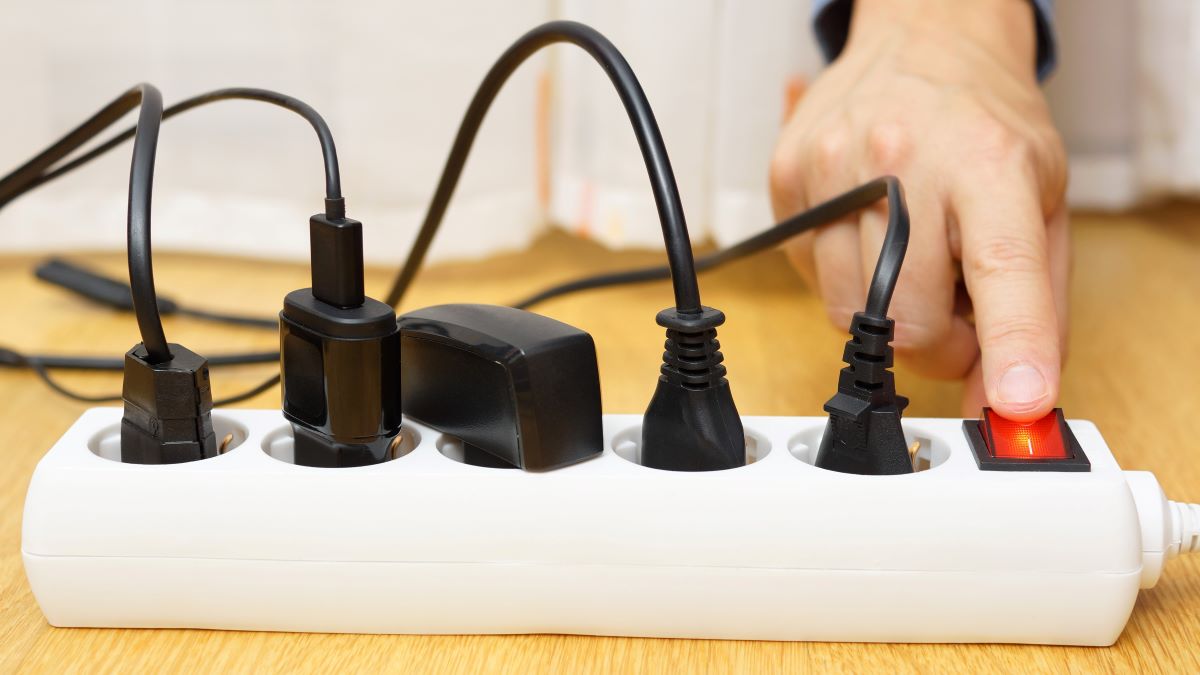

Articles
What Are ‘Phantom Loads’? How To Identify Them And Save Money
Modified: November 2, 2024
Learn how to identify and save money by reducing 'phantom loads' with these informative articles.
(Many of the links in this article redirect to a specific reviewed product. Your purchase of these products through affiliate links helps to generate commission for Storables.com, at no extra cost. Learn more)
Introduction
Welcome to our article dedicated to learning about ‘phantom loads’ and how they can impact your energy expenses. In today’s technology-driven world, we are surrounded by a multitude of devices and appliances that are constantly consuming power, even when they appear to be turned off. These hidden power drains, also known as phantom loads, can silently contribute to your energy bill.
But what exactly are phantom loads? How do they affect your energy consumption? And most importantly, how can you identify and reduce them to save money? In this article, we will delve into the intricacies of phantom loads, helping you gain a comprehensive understanding of these hidden energy vampires.
Phantom loads, also referred to as standby power or vampire power, are the electrical energy consumed by electronic devices and appliances while they are in standby mode or powered off but still plugged into an outlet. While it may seem like these devices are not using any electricity, they are actually leeching power and wasting energy.
The key to understanding phantom loads lies in the standby mode of our electrical devices. Many devices, such as TVs, computers, gaming consoles, chargers, and even kitchen appliances, have features like instant-on, remote control functionality, or internal clocks that require a small amount of power to stay connected to the grid even when not in use.
These phantom loads may seem insignificant on their own, but when you consider the number of devices in your home and the amount of time they spend in standby mode, the cumulative effect can be substantial. In fact, according to the Lawrence Berkeley National Laboratory, phantom loads can account for up to 10% of residential energy consumption.
Not only do phantom loads contribute to higher energy bills, but they also have a negative impact on the environment. The electricity wasted by these idle devices leads to increased carbon emissions and puts additional strain on our natural resources.
Now that we have a basic understanding of what phantom loads are and why they are a concern, let’s move on to the next section to explore how you can identify these power-hungry devices lurking in your home.
Key Takeaways:
- Phantom loads, also known as standby power or vampire power, are hidden energy drainers that contribute to increased energy consumption and higher electricity bills. Identifying and minimizing these phantom loads can lead to significant cost savings and a more sustainable lifestyle.
- By unplugging unused devices, utilizing energy-saving features, and investing in smart power strips, households can effectively reduce phantom loads and save money on their energy bills. Taking proactive steps to minimize standby power consumption contributes to a more sustainable and cost-effective lifestyle.
Read more: How To Save Money On Thermostat
What are ‘Phantom Loads’?
Phantom loads, also known as standby power or vampire power, are the electrical energy consumed by electronic devices and appliances when they are in standby mode or powered off but still plugged into an outlet. These hidden power drains may seem innocuous, but they can significantly contribute to your energy consumption and increase your monthly electricity bills.
When you turn off a device, you would assume that it stops drawing power from the electrical socket. However, many electronic devices have features that require a small amount of energy to stay connected to the grid. These features include standby mode, instant-on functionality, remote control compatibility, and internal clocks.
Devices such as televisions, computers, gaming consoles, chargers, and even kitchen appliances are all culprits of phantom loads. They continue to consume power to maintain the various features that allow them to be ready for use at a moment’s notice or to respond to a remote control command.
While each individual phantom load may seem insignificant, the cumulative effect is considerable. According to the U.S. Department of Energy, household electronics and appliances account for about 23% of residential electricity consumption, and a significant portion of this usage can be attributed to phantom loads.
In addition to increasing energy consumption, phantom loads also have an environmental impact. The electricity wasted by these idle devices contributes to carbon emissions and places unnecessary strain on our natural resources.
It’s worth noting that not all devices contribute to phantom loads. Some modern devices are designed with energy-saving features to minimize their standby power consumption. These devices meet or exceed energy efficiency standards and display labels such as Energy Star, indicating that they are designed to reduce energy usage when not in active use.
Now that we have a clear understanding of what phantom loads are and how they can affect our energy consumption, let’s explore the methods we can use to identify these hidden energy vampires in our homes.
Understanding Phantom Loads
Now that we know what phantom loads are, let’s dive deeper into understanding how they work and why they can be a significant factor in your energy consumption.
Phantom loads occur when electronic devices and appliances remain plugged into an electrical outlet, even when they are in standby mode or powered off. These devices continue to draw small amounts of electricity to maintain certain functionalities, such as clock displays, remote control compatibility, or instant-on features.
One common misconception about phantom loads is that they only occur in older appliances or electronic devices. However, phantom loads can affect both older and newer devices alike. In fact, some newer devices with advanced features may consume even more energy when in standby mode.
Phantom loads can be categorized into two types: Direct and Indirect. Direct phantom loads refer to devices like televisions or computers that continue to draw power even when they are turned off. Indirect phantom loads, on the other hand, are devices that require power supply even when they are not in use, such as chargers or power adapters.
In some cases, phantom loads are intentional and necessary for the proper functioning of the device. For example, an alarm clock needs to maintain its power supply to keep the time and sound the alarm when needed. However, there are many instances where phantom loads are unnecessary and contribute to wasteful energy consumption.
It’s important to note that not all devices have the same level of phantom load. Some devices draw significantly more power than others, while some consume only a negligible amount. Devices with larger displays, multiple features, or continuous connectivity tend to have higher phantom loads.
Furthermore, it’s essential to understand that phantom loads can differ depending on the brand, model, and age of the device. Older devices or those without energy-saving features tend to have higher standby power consumption. Therefore, replacing outdated appliances and electronics with newer, energy-efficient models can help reduce phantom loads.
Being aware of how phantom loads impact your energy consumption is the first step in taking control of your electricity usage. In the next section, we will discuss practical ways to identify and measure phantom loads in your home, empowering you to make informed decisions to reduce energy waste and save money.
Identifying Phantom Loads
Identifying phantom loads in your home is a crucial step towards reducing wasteful energy consumption and saving money on your electricity bills. Fortunately, there are various methods you can use to identify these hidden power drainers.
1. Visual Inspection: Start by visually inspecting your home for devices and appliances that are plugged in and not in use. Look for any devices with displays, clocks, or indicators that are always on, even when the device itself is turned off. Common culprits include TVs, cable/satellite boxes, gaming consoles, modems/routers, and microwave ovens.
2. Power Meter: Use a power meter or energy monitor to measure the energy consumption of individual devices or appliances. Simply plug the device into the power meter and monitor the usage over a period of time. If you notice any significant energy consumption when the device is supposedly turned off, it may be a phantom load.
3. Smart Plugs: Consider investing in smart plugs that can be controlled remotely via smartphone apps or voice assistants. Smart plugs allow you to turn off power to a specific device or set a schedule for when the device should be powered on or off. By monitoring the energy usage through the smart plug app, you can easily identify any devices with high standby power consumption.
4. Meter Readings: Take regular meter readings of your electricity usage to compare the difference between periods of device usage and non-usage. If there is a significant increase in energy consumption when devices are supposed to be off, it may indicate the presence of phantom loads.
5. Energy Monitoring Systems: Consider installing whole-house energy monitoring systems that provide real-time data on your energy consumption. These systems can help you identify patterns and fluctuations in energy usage, making it easier to pinpoint devices that are contributing to phantom loads.
6. Utilize Manufacturer Resources: Check the user manuals or websites of your devices and appliances. Some manufacturers provide information about standby power consumption and energy-saving features. This can help you make more informed decisions when purchasing new devices or choosing which ones to unplug when not in use.
By using a combination of these methods, you can identify the devices and appliances in your home that are contributing to phantom loads. Once you have identified these energy vampires, you can take appropriate measures to minimize their standby power consumption and reduce your overall energy usage.
In the next section, we will explore some common household items that contribute to phantom loads, giving you a clearer understanding of where these hidden energy drainers might be lurking in your home.
Unplug electronic devices when not in use to avoid phantom loads. Use power strips with on/off switches to easily cut off power to multiple devices at once.
Common Household Items that Contribute to Phantom Loads
Phantom loads are prevalent in most households and can be found in various devices and appliances. By identifying these common culprits, you can take steps to minimize their power consumption and reduce your energy bills. Here are some household items that often contribute to phantom loads:
- Televisions: Many modern televisions have features like instant-on, remote control compatibility, and downloadable content updates that require them to remain connected to the power source even when turned off.
- Cable/Satellite Boxes: Cable or satellite boxes typically stay in a standby mode to receive signals and update program guides. While they may appear off, they continue to consume power to stay connected to the network.
- Computers: Computers, including desktops, laptops, and monitors, often have sleep or standby modes that contribute to phantom loads. In addition, peripherals such as printers, scanners, and external hard drives can also draw power even when not in use.
- Kitchen Appliances: Devices like microwaves, coffee makers, and toasters often have digital displays, timers, and clocks that require them to maintain a constant power supply, resulting in phantom loads.
- Chargers: Chargers for mobile phones, laptops, and other electronic devices typically consume energy even when the device is fully charged or not connected. It’s a common practice to leave chargers plugged into the wall, contributing to unnecessary phantom loads.
- Audio Equipment: Sound systems, speakers, and receivers often have standby modes to facilitate quick activation or remote control compatibility. These devices can draw power even when not actively in use.
- Gaming Consoles: Gaming consoles are designed to stay connected to the internet for updates, downloads, and online gameplay. These devices often consume power in standby mode, even when they appear to be turned off.
- Modems/Routers: Internet modems and routers need to stay connected to the power source to provide a continuous internet connection. While they are necessary for connectivity, they contribute to phantom loads.
It’s important to note that the presence of phantom loads may vary depending on the specific brand, model, and age of the device. Older devices, in particular, tend to have higher standby power consumption compared to newer, energy-efficient models.
By being aware of the household items that contribute to phantom loads, you can prioritize taking action to reduce their power consumption. In the next section, we will explore how phantom loads contribute to increased energy bills, helping you understand the financial implications of these hidden energy vampires.
Read more: How To Save Money On A Renovation
How Phantom Loads Increase Your Energy Bill
Phantom loads, also known as standby power or vampire power, can have a significant impact on your energy consumption and ultimately increase your monthly electricity bills. Understanding how phantom loads contribute to higher energy costs is essential for implementing effective energy-saving strategies. Here are the key ways in which phantom loads can increase your energy bill:
- Continuous Power Consumption: Devices with phantom loads draw power continuously, even when they are not in use or appear to be turned off. This constant power consumption accumulates over time, resulting in a significant waste of electricity and higher energy bills.
- Standby Mode Consumption: Many electronic devices have features like instant-on, remote control compatibility, or internal clocks that require them to stay in standby mode. These features contribute to standby power consumption, as the devices must maintain a connection to the power source to be ready for immediate use. The energy consumed in standby mode can be substantial, especially when considering the numerous devices in a typical household.
- Multiple Devices: The cumulative effect of multiple devices contributing to phantom loads can quickly add up. In a typical home, numerous electronic devices and appliances are often plugged in and drawing power when not actively in use. The combined standby power consumption of these devices significantly increases energy usage and leads to higher electricity bills.
- Unnecessary Features: Some devices have features that consume energy even when they are not needed or used. For example, digital displays, clocks, and indicators on appliances and electronics continue to draw power, even if they are not essential for the device’s primary function. These unnecessary features contribute to phantom loads and should be considered when trying to minimize energy waste.
- Longer Standby Periods: Devices that are frequently in standby mode or powered off but remain connected to the power source for extended periods contribute more to phantom loads. For instance, gaming consoles that are left plugged in overnight or televisions that are rarely turned off can substantially increase standby power consumption, leading to higher energy bills.
- Unplugged Chargers: Chargers for electronic devices continue to draw power even if the device being charged is disconnected or fully charged. Leaving chargers plugged into the wall without a device attached leads to unnecessary phantom loads, resulting in wasted energy and increased electricity costs.
Awareness of how phantom loads impact your energy bill is crucial for making informed decisions to reduce unnecessary power consumption. Through simple measures to identify and minimize phantom loads, you can significantly lower your energy usage and enjoy the financial benefits of reduced electricity bills.
In the next section, we will explore practical ways to save money by reducing phantom loads in your home.
Simple Ways to Save Money by Reducing Phantom Loads
Reducing phantom loads in your home is not only beneficial for the environment but also for your wallet. By taking proactive steps to minimize standby power consumption, you can save money on your energy bills. Here are some simple and effective ways to achieve energy savings:
- Unplug Unused Devices: The easiest way to eliminate phantom loads is by unplugging devices and appliances when they are not in use. This applies to items like phone chargers, laptops, gaming consoles, and kitchen appliances. By simply unplugging them from the power source, you can completely cut off their electricity consumption.
- Use Power Strips: Employing power strips with an on/off switch provides a convenient way to control multiple devices at once. Plug devices that contribute to phantom loads into a power strip, and switch it off when they are not in use. This effectively cuts off power to all the connected devices, reducing standby power consumption.
- Utilize Energy-Saving Features: Take advantage of energy-saving features available on devices such as computers, TVs, and appliances. Enable power-saving modes, sleep mode, or automatic shut-off timers to minimize standby power consumption. Refer to the user manuals or manufacturer’s websites for instructions on how to activate these features.
- Invest in Smart Power Strips: Consider upgrading to smart power strips that automatically detect when a device is not in use and cuts off power to prevent phantom loads. These smart power strips often have designated outlets for devices that require continuous power, such as routers or modems, while turning off power to devices that can be safely disconnected.
- Set Devices to Hibernate or Sleep Mode: Adjust the power settings on computers, laptops, and other devices to go into sleep or hibernate mode after a period of inactivity. This reduces standby power consumption and allows for quick resumption when you are ready to use the device again.
- Use Energy-Efficient Devices: When purchasing new electronic devices or appliances, look for energy-efficient models that have low standby power consumption. Devices with Energy Star labels are designed to meet strict energy efficiency guidelines, ensuring reduced phantom loads and long-term energy savings.
- Charge Devices Strategically: Charge your electronic devices only when necessary and unplug chargers once the devices are fully charged. Avoid leaving chargers plugged in without a device connected, as they can continue to draw power and contribute to phantom loads.
- Stay Informed: Keep up-to-date with the latest information on standby power consumption for different devices and appliances. Manufacturers are increasingly focusing on reducing standby power usage, so staying informed will help you make more educated decisions when purchasing new devices.
Implementing these simple strategies can make a noticeable difference in your energy usage and help save money on your electricity bills. By reducing phantom loads and minimizing standby power consumption, you contribute to a more sustainable future while enjoying the benefits of lower energy costs.
Now that we have explored ways to save money by reducing phantom loads, let’s conclude our article with a summary of the main points discussed.
Conclusion
In conclusion, phantom loads, also known as standby power or vampire power, can silently contribute to increased energy consumption and higher electricity bills in our homes. These hidden power drainers arise from electronic devices and appliances that continue to draw power even when in standby mode or powered off. By understanding and identifying phantom loads, we can take steps to minimize their impact and save money on our energy bills.
We have learned that phantom loads occur in a wide range of household devices, including televisions, computers, kitchen appliances, chargers, and gaming consoles. These devices maintain features like instant-on, remote control compatibility, or internal clocks that require them to stay connected to the power source, resulting in standby power consumption.
To identify phantom loads, we can perform visual inspections, use power meters or energy monitors, rely on smart plugs, take meter readings, or utilize whole-house energy monitoring systems. By pinpointing the devices contributing to phantom loads, we can take measures to reduce their standby power consumption and lower our energy usage.
Significantly, phantom loads increase our energy bills through continuous power consumption, standby mode consumption, the presence of multiple devices, unnecessary features, longer standby periods, and plugged-in chargers. Being aware of these factors helps us understand the financial implications of phantom loads and motivates us to take action.
To save money and reduce phantom loads, we can unplug unused devices, use power strips, utilize energy-saving features, invest in smart power strips, set devices to hibernate or sleep mode, choose energy-efficient devices, charge devices strategically, and stay informed about standby power consumption for different devices.
Reducing phantom loads not only benefits our wallets but also contributes to a more sustainable future. By minimizing wasteful energy consumption, we can reduce our carbon footprint and preserve our natural resources.
In conclusion, by understanding the concept of phantom loads, identifying their presence in our homes, and implementing simple energy-saving strategies, we can make a positive impact on our energy consumption, lower our electricity bills, and work towards a more sustainable and cost-effective lifestyle.
Frequently Asked Questions about What Are 'Phantom Loads'? How To Identify Them And Save Money
Was this page helpful?
At Storables.com, we guarantee accurate and reliable information. Our content, validated by Expert Board Contributors, is crafted following stringent Editorial Policies. We're committed to providing you with well-researched, expert-backed insights for all your informational needs.




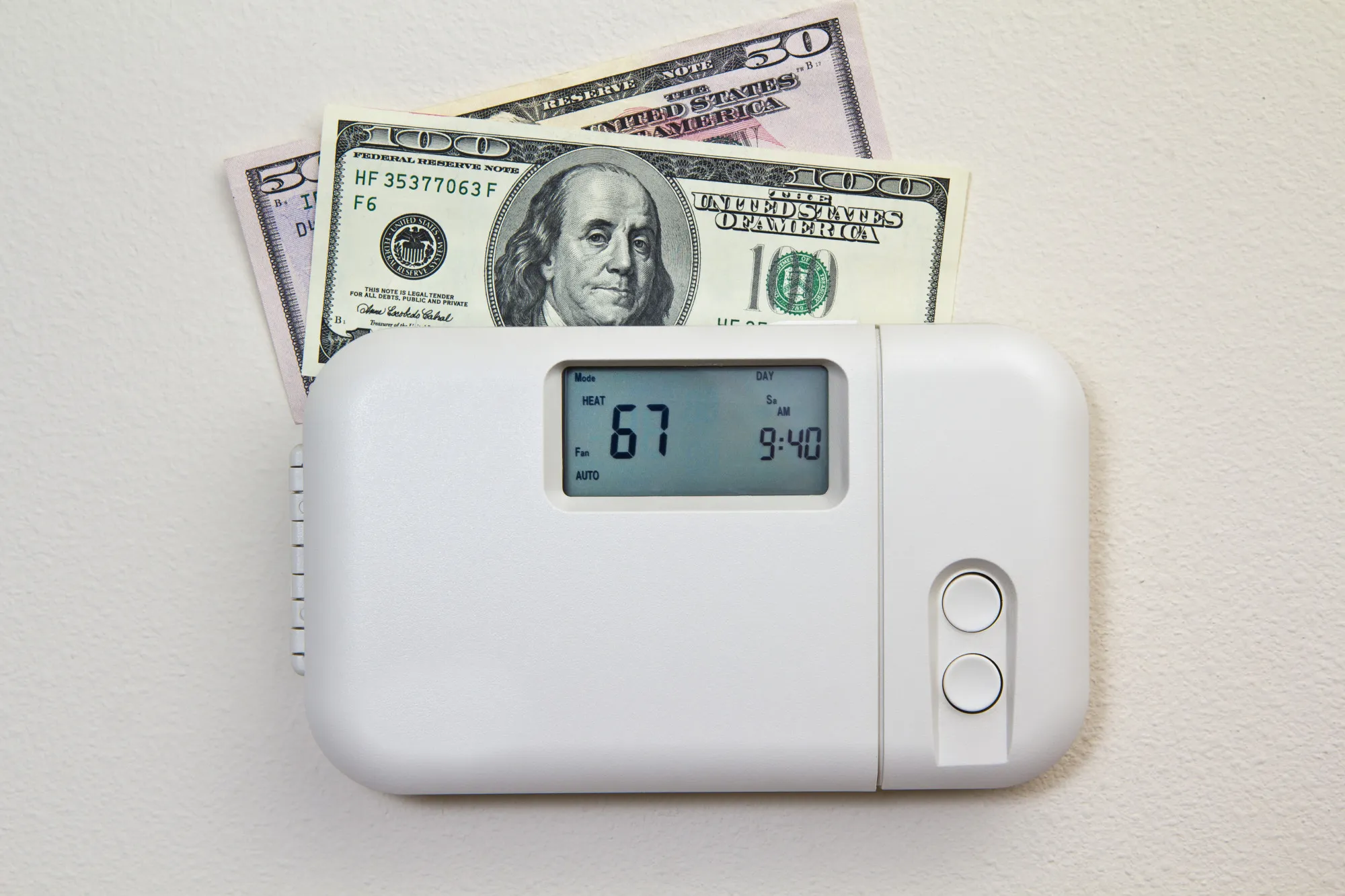

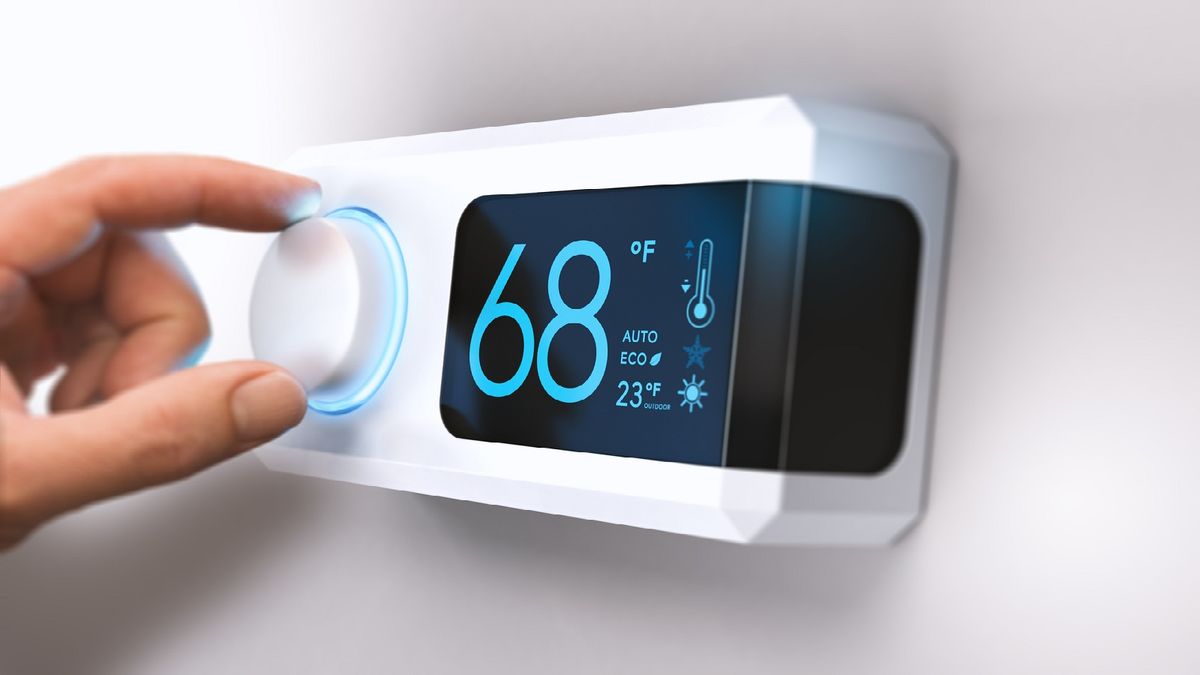
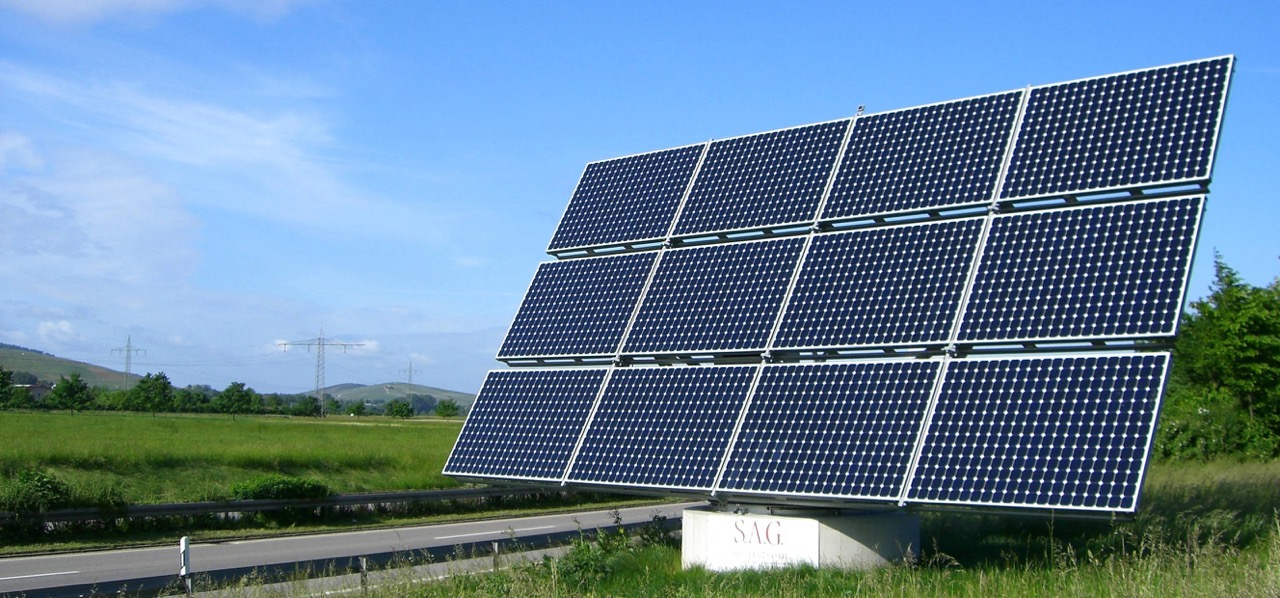

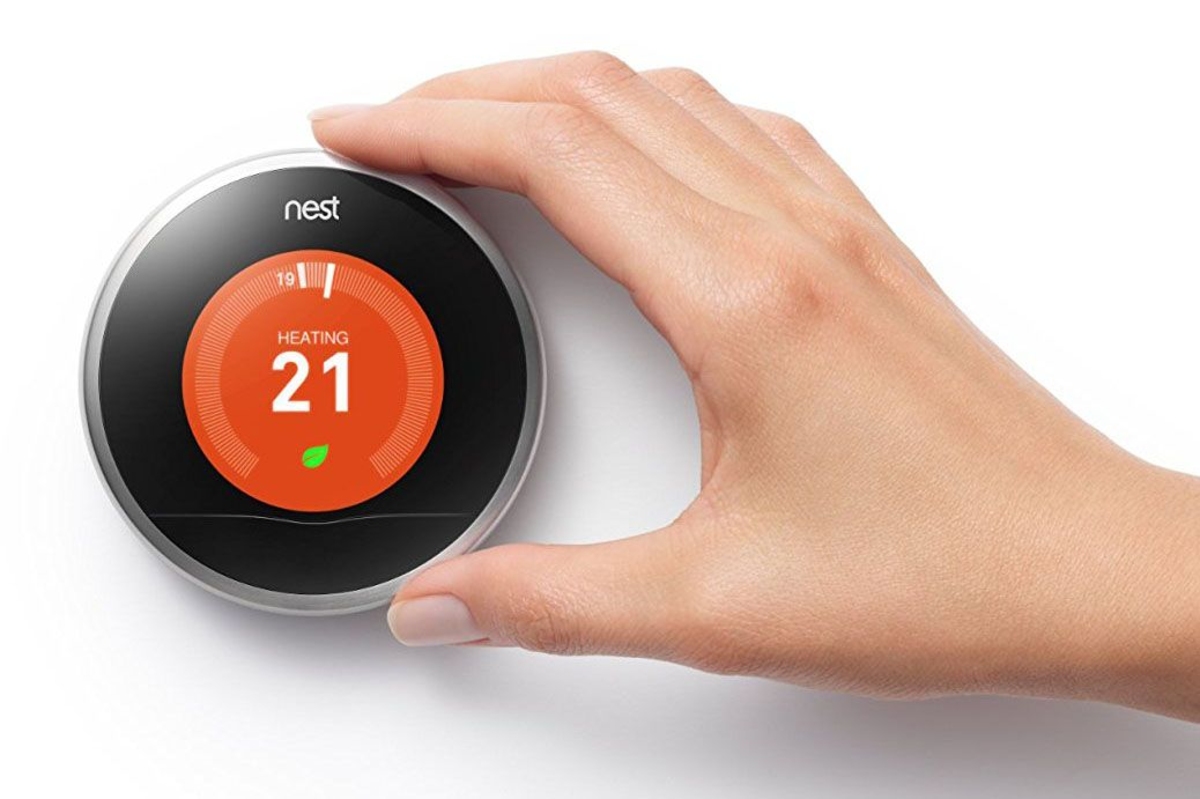

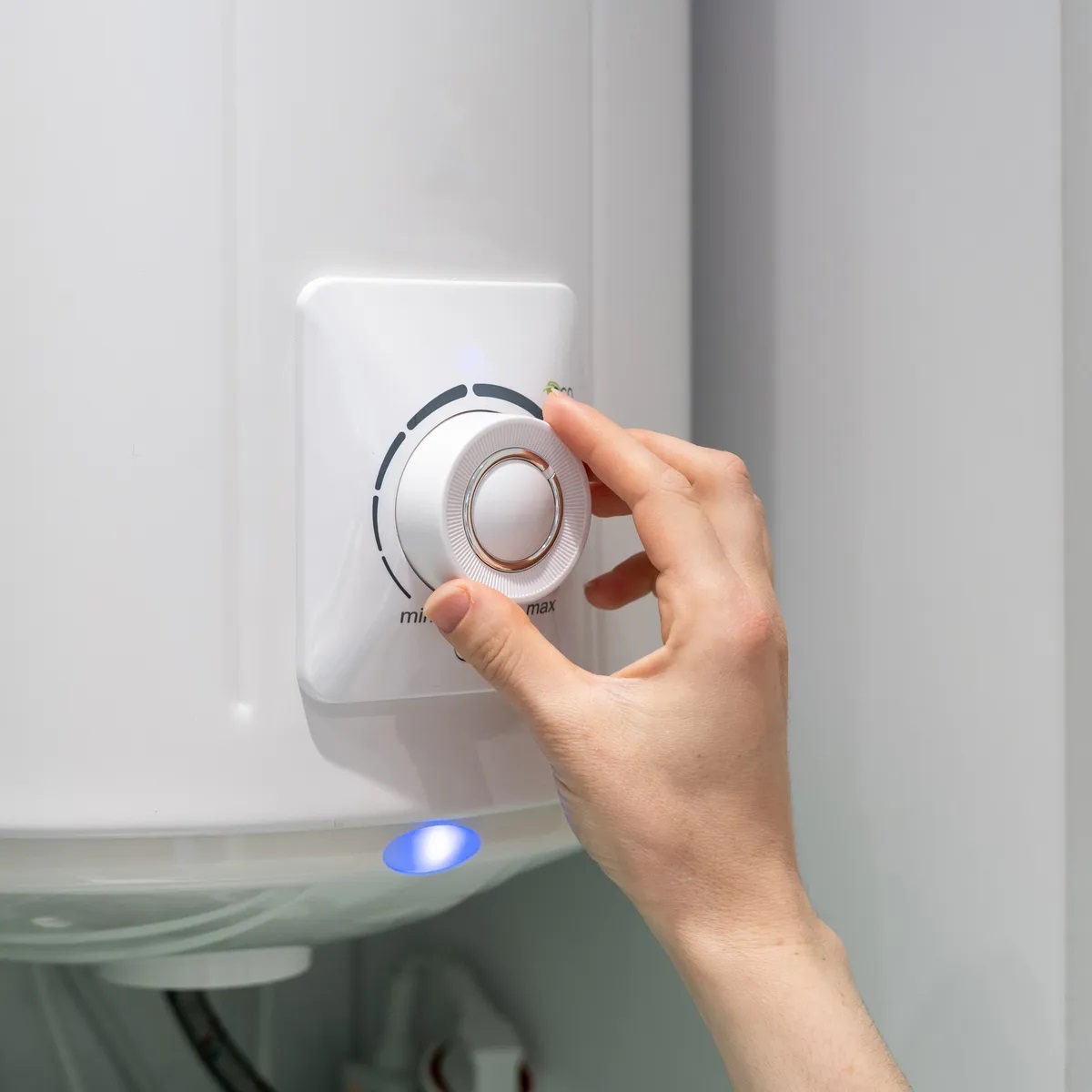

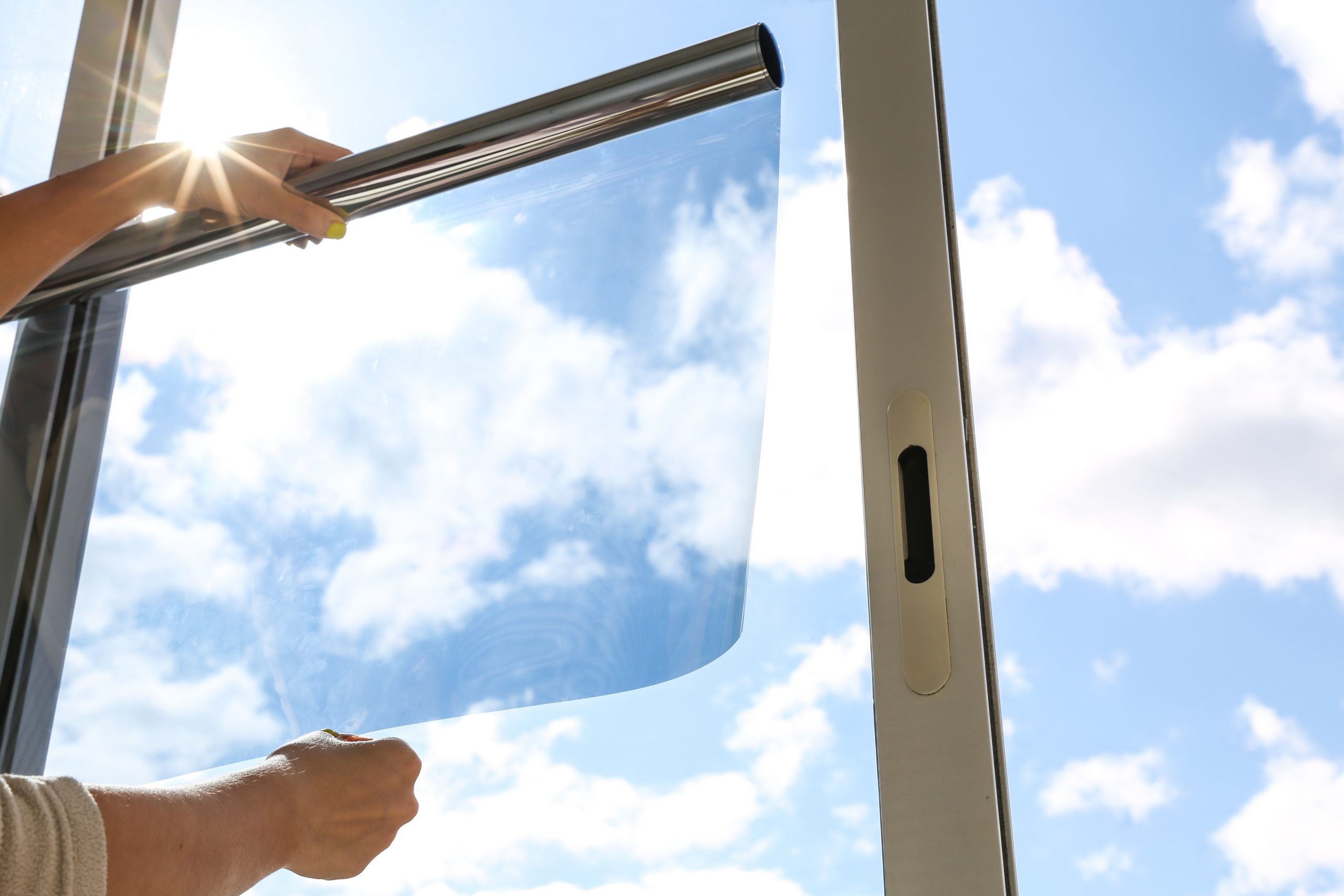

0 thoughts on “What Are ‘Phantom Loads’? How To Identify Them And Save Money”